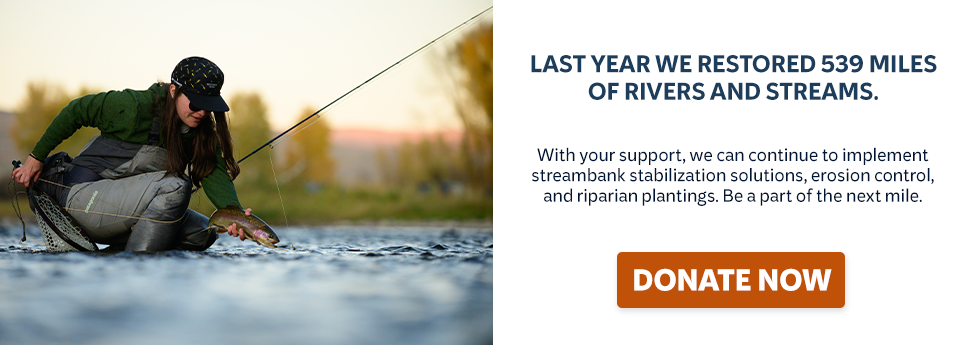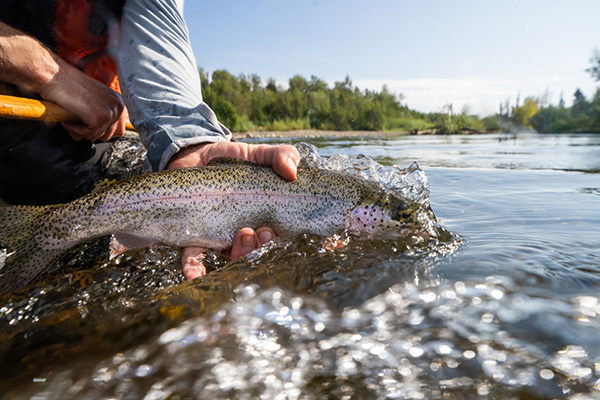Aquatic species can be difficult to detect using traditional methods (angling, electrofishing, netting), but sampling for environmental DNA (eDNA) allows us to detect a species without the need to capture or handle the fish. The concept is simple: biological material is continually shed by aquatic organisms and suspended in the water column, and can be captured and concentrated as water is washed across a laboratory filter. DNA isolated from this material can later be used to detect the presence or absence of one or more species of interest with high accuracy (assuming a DNA ‘bar code’ marker has been developed for that species, as it has for many trout).
With proper volunteer training, this approach provides a relatively simple way for TU volunteers to contribute to our science and conservation efforts in many ways. Environmental DNA collections can be used to refine our basic understanding of species distributions, especially for rare species which can be particularly difficult to detect with other methods (e.g., we are already contributing to a Forest Service-led effort to sample eDNA of bull trout in the western US). It is also useful for determining the effectiveness of common conservation actions we undertake in various TU programs. For instance, eDNA can verify a species of interest is now using habitat that has been recently connected or restored; that efforts to eradicate non-native species were successful (i.e., the non-native species is no longer present) before moving forward with reintroduction of a native species; or whether or not an aquatic nuisance species is present in trout waters.
See a (non-exhaustive) list of DNA markers available and a sampling protocol.


